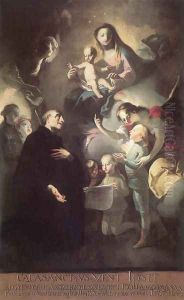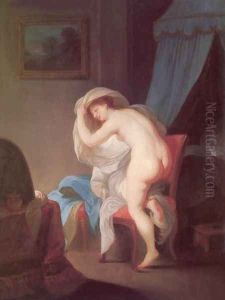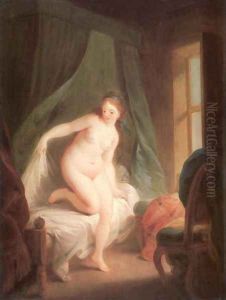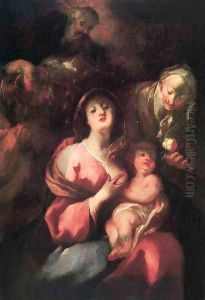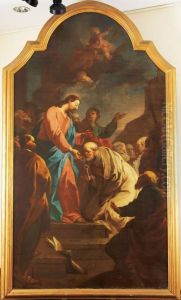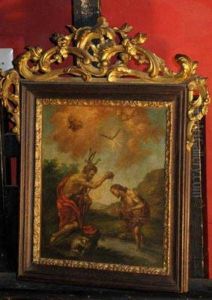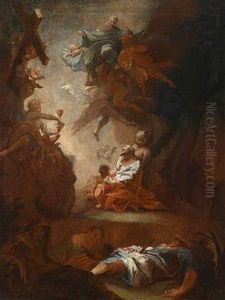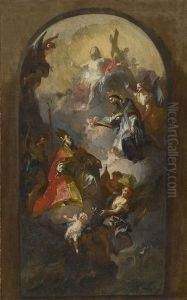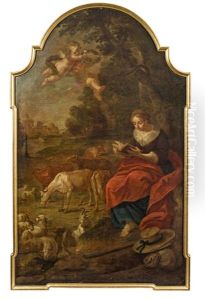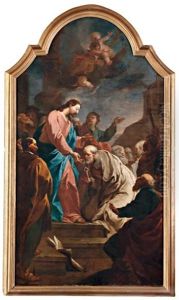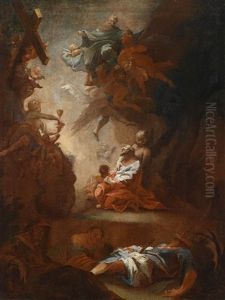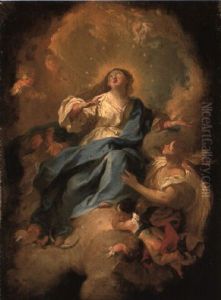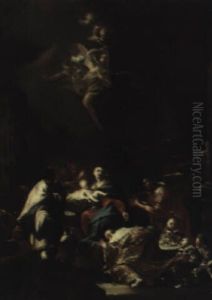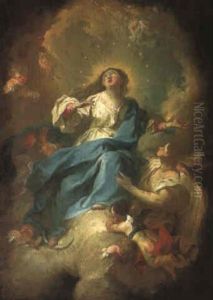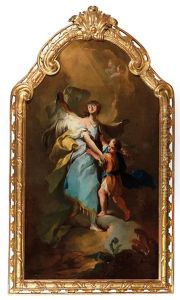Felix Ivo Leicher Paintings
Felix Ivo Leicher was an 18th-century Austrian painter, known for his contributions to the Rococo style of art, a movement that emphasized grace, ornamentation, and asymmetry. Born in 1727, in the town of Grüssau in Austrian Silesia (now Krzeszów, Poland), Leicher's early life and training are somewhat obscured by the passage of time, but it is clear that he became one of the notable artists of his era, particularly active in the latter half of the 18th century. His works are characterized by their delicate detail, lightness of touch, and often, religious themes, reflecting the dominant interests of his period.
Leicher's career spanned a significant period of European art history, a time when the Baroque style was giving way to Rococo, and then to Neoclassicism. He managed to adapt his style to meet the changing tastes of his patrons, a factor that contributed to his enduring success. Despite the scarcity of detailed records about his education, it is evident that he was well-versed in the techniques and themes popular among his contemporaries. He worked extensively for the Catholic Church, creating altarpieces, murals, and religious works that decorated many churches and monasteries in Central Europe.
Throughout his career, Leicher enjoyed the patronage of the church and the nobility, who were the primary supporters of the arts during his lifetime. His ability to blend spiritual and aesthetic elements in his works made him a favorite among religious patrons. However, not just limited to religious subjects, his oeuvre also included portraits and landscapes, showcasing his versatility as an artist.
Leicher's influence and contributions to the Rococo movement, while perhaps not as widely recognized as those of some of his contemporaries, remain significant. His works are preserved in several European galleries and churches, serving as a testament to his skill and artistic vision. Felix Ivo Leicher died in 1812, leaving behind a legacy that continues to be appreciated by art historians and enthusiasts alike. His life and work reflect the vibrancy and transition of art styles from the late Baroque through to the dawn of Neoclassicism.
